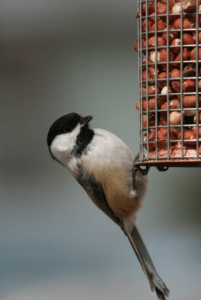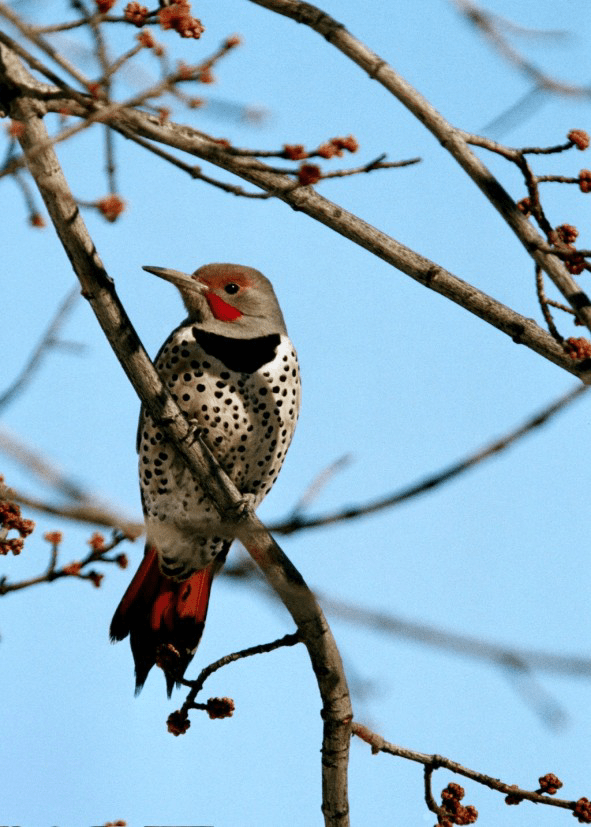Join in the Great Back Yard Bird Count!
Have you ever really looked at the birds in your backyard? On Feb. 13-16, you have a chance to not just be observant, but also to become a citizen scientist. Many fields of science are now making use of advocates’ observations. I first heard the term from my son who uses rocketry to study the atmosphere as a citizen scientist, and then report his results.
On Feb. 13-16, National Audubon Society and Cornell University Lab of Ornithology are partnering in sponsoring the Great Back Yard Bird Count (GBBC). Anyone can participate and report what is seen in increments of as little as 15 minutes.

-FCAS file photo
What do we see in our backyards? We are often accustomed to seeing the familiar birds: robins, blue jays, star-lings, grackles, but if we are observant, we can see much more. Just two days ago when our temperatures were a little warmer, I saw two birds fluttering around my blue spruce and I heard the familiar cry of the Black-capped Chickadee. Last summer, Scott Cobble, our secretary, identified three Blue-gray Gnatcatchers—I’d never seen them in my backyard. The most fun was spotting a young Osprey high in my neighbor’s cottonwood tree. Since beginning my backyard bird list, we have seen hawks, spar-rows, warblers, woodpeckers, and jays—and I will never forget the Western Tanager I saw when I first moved into the house 15 years ago. All of this right in the middle of Fort Collins!
Our sightings are important. Each time our observations are tabulated across the nation, we get an idea of just how healthy our bird populations are. What are the effects of loss of habitat, changing migration patterns, climate change, and disease? This nation-wide count coupled with regional bird counts like our Christmas bird counts give us a snapshot of our avian population’s well-being.
You, however, are the citizen scientist in your own back-yard. We invite you to view all of the information about this national event at: www.bird.audubon.org/great-backyard-bird-count.
More information about the GBBC can be found at http://gbbc.birdcount.org/about/. FCAS will provide a brief tutorial on how to participate at our February 12 chapter meeting, the day before the count begins. We will also identify volunteers that can help people enter the data on the GBBC website. If you are interested in participating in the 2015 GBBC, mark your calendar now and go to the website to learn more.
Guest Post by Joann Thomas, Fort Collins Audubon Society (FCAS)

